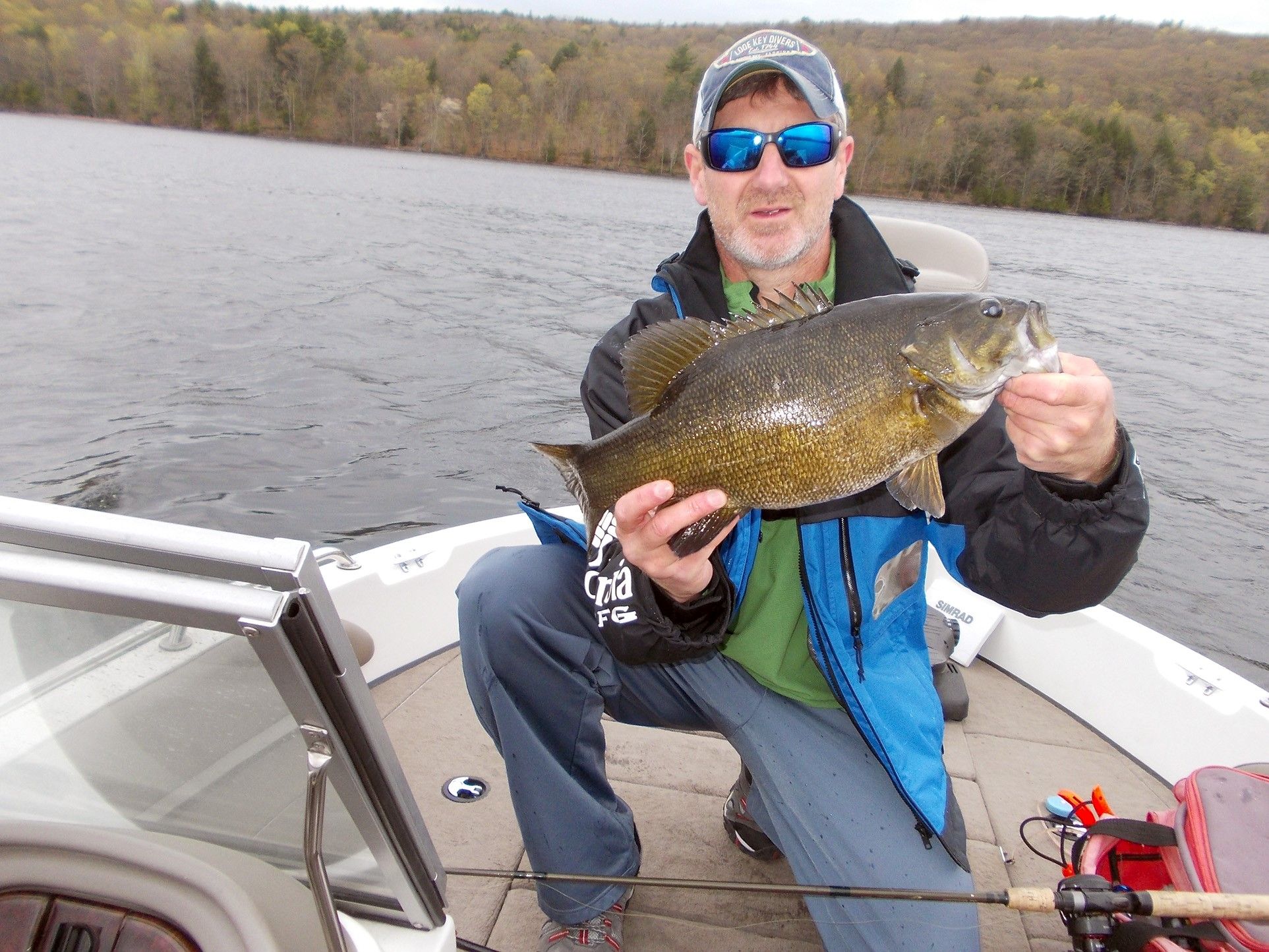
Vermont’s catch-and-release bass fishing is underway with some of the hottest bass fishing action in New England happening right now.
“Spring catch-and-release bass fishing is a really special time to be on the water in Vermont, and the fishing can be truly spectacular,” said Bernie Pientka, state fisheries biologist with Vermont Fish and Wildlife. “Combine warming weather, minimal boat traffic and feeding largemouth and smallmouth bass, and spring bass fishing is hard to beat.”
Vermont’s catch-and-release bass fishing runs until June 13, when the regular bass season opens, and the harvesting of bass is allowed.
A full listing of waters and applicable regulations can be found in the 2020 Vermont Fishing Guide & Regulations, or by using the Online Fishing Regulations Tool found at www.vtfishandwildlife.com.
For catch-and-release bass fishing, all bass must be immediately released after being caught and only artificial lures may be used. The use of live bait is also prohibited during the catch-and-release season.
Department fisheries biologist Shawn Good says pre-spawn bass fishing provides outstanding angling opportunities at a time when bass are congregating but haven’t started spawning yet, and has very little impact on spawning success.
“When thinking about early season bass fishing, many uninitiated anglers picture targeting bedding bass, but that’s just not the case. Pre-spawn bass fishing is about targeting bass on a catch-and-release basis as they stage and concentrate around areas close to where they plan on spawning. When water temperatures reach 48°F to 56°F, bass move to the shallows, begin warming their bodies, and feed heavily for a couple weeks in preparation of spawning activities. Once bass have begun constructing nests, and guarding and protecting eggs and newly hatched fry, they don’t actively feed. Quite honestly, it’s time consuming and often frustrating to target non-feeding bass on beds. It’s the pre-spawn groups of bass that are aggressive, grouped up, and a ton of fun to catch.”
Vermont Fish and Wildlife has assembled a few basic tips for anglers heading out to fish for bass during the spring catch-and-release season.
- Let water temperatures dictate your tactics and lure choices. Often fishing slowly on the bottom with jig-style baits can be most effective shortly after ice-out. As water temperatures begin to rise into the 48 to 58-degree range and fish feeding activity increases, moving baits such as spinnerbaits, crankbaits and stickbaits can be big producers.
- Look for rocky shorelines and marshy back bays. Shallow, gradual rocky shorelines consisting of ledge, chunk rock, gravel or boulders will hold heat and warm up first, attracting baitfish and ultimately feeding smallmouth and largemouth bass. Marshy, weedy bays will also warm up quickly and will attract numbers of largemouth bass in various stages of their springtime movements.
- Pay attention to the clues. If you catch a fish, get a bite, or see a fish follow your lure, take another pass through the same area. Many fish will often stack up on the same structure during the spring as they transition from winter to spring and summer haunts.
To purchase a fishing license or learn more about fishing in Vermont, visit www.vtfishandwildlife.com.
The Fish and Wildlife Department urges anglers to use good judgement to keep everyone safe and reduce the spread of the coronavirus:
- Fish as close to home as practical to reduce the risks presented by additional travel.
- Refrain from carpooling and drive to your local fishing spots with only your immediate family. members and only if everyone is feeling well.
- When fishing from shore, keep a distance of at least six feet between you and your companions. A good way to measure this is with your fishing pole! Hold the pole straight out in front you. If you can turn in a circle without hitting anyone, that is a safe distance.
- Don’t share fishing gear with others. Each angler should have their own fishing gear (rod and reels, bait, lures, towels, pliers, and other personal items).
- Avoid touching your eyes, nose, and mouth.
- Clean your gear well after using it.
- Wash your hands for at least 20 seconds with soap and water after fishing.
For information about staying safe while enjoying outdoor activities, check here: https://vtfishandwildlife.com/outdoor-recreation-and-covid-19
For Immediate Release: May 7, 2020
Media Contact: Shawn Good 802-770-8780; Bernie Pientka 802-922-6025
